Home>Furniture>Living Room Furniture>How To Get Mold Out Of Couch Cushions
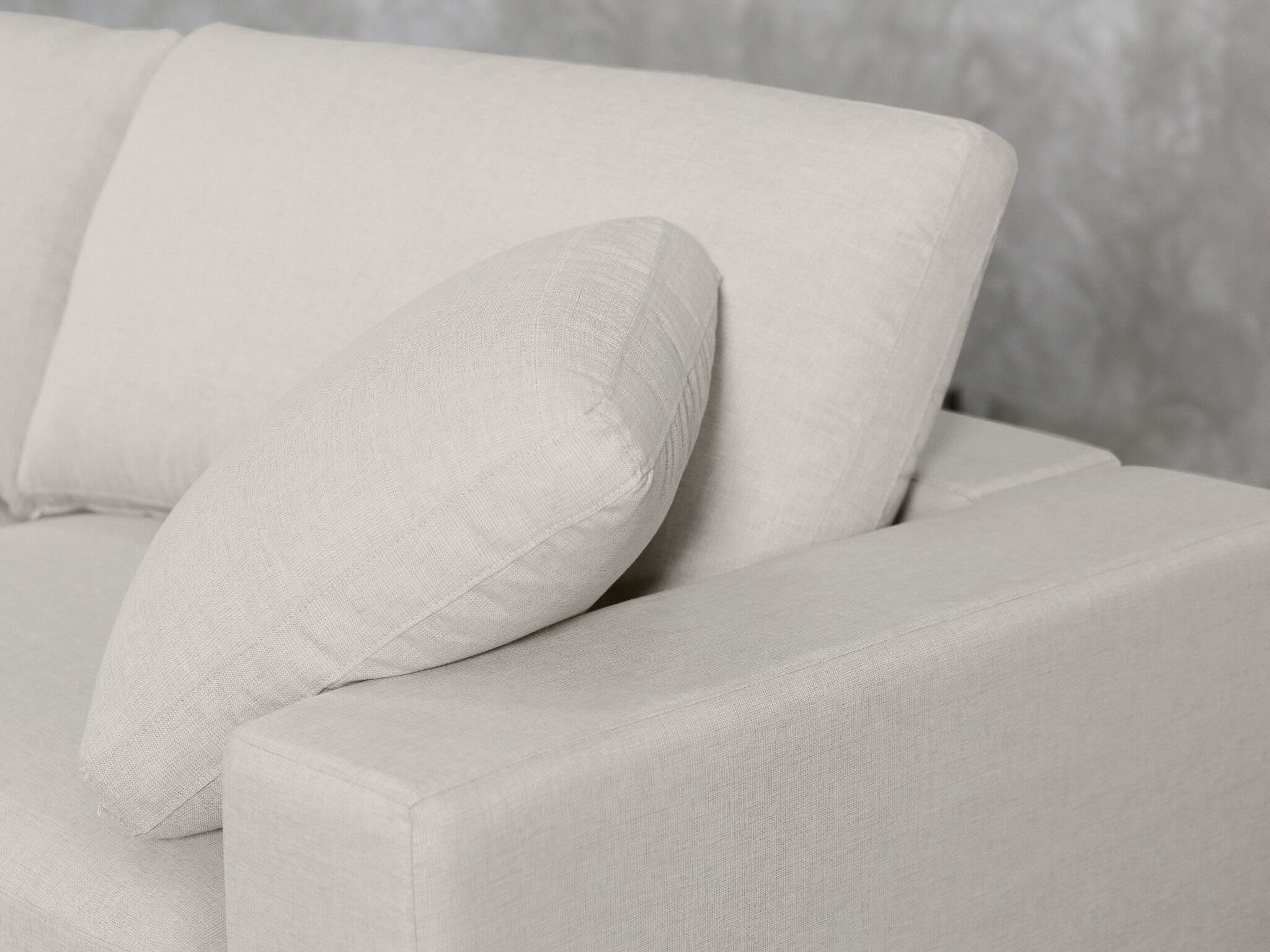

Living Room Furniture
How To Get Mold Out Of Couch Cushions
Modified: March 16, 2024
Discover effective methods to remove mold from your living room furniture, specifically couch cushions. Keep your space clean and healthy with our expert tips.
(Many of the links in this article redirect to a specific reviewed product. Your purchase of these products through affiliate links helps to generate commission for Storables.com, at no extra cost. Learn more)
Introduction
Welcome to our comprehensive guide on how to get mold out of couch cushions. Dealing with mold growth on your beloved living room furniture can be a frustrating and challenging task. Mold not only looks unsightly, but it can also cause health issues and damage to the cushions if left untreated. Fortunately, with the right knowledge and techniques, you can effectively remove mold from your couch cushions and prevent it from coming back.
In this article, we will walk you through the process of understanding mold on couch cushions, preparing for mold removal, and the steps to effectively clean and treat your cushions. We will also provide valuable tips on preventing future mold growth, so you can keep your couch cushions fresh and mold-free.
But before we delve into the solutions, it’s important to understand the nature of mold and why it tends to thrive on couch cushions. Mold is a type of fungus that thrives in damp and dark environments. Moisture from spills, high humidity, or even perspiration can create the perfect breeding ground for mold on your couch cushions. Additionally, if your cushions are made of porous materials such as fabric or foam, they are more susceptible to mold growth.
Now that you have a better understanding of mold on couch cushions, it’s time to prepare for the mold removal process. Assess the extent of the mold infestation and gather the necessary tools and cleaning supplies. It’s important to ensure proper ventilation in the room and protect yourself by wearing gloves, a mask, and eye protection before starting the cleaning process.
In the next section, we will guide you through the step-by-step process of removing mold from your couch cushions. You’ll learn effective techniques to safely eliminate mold and restore your cushions to their former pristine condition. We’ll cover both homemade remedies and commercial mold removers, giving you options based on your preference and availability.
After successfully removing the mold, it’s crucial to clean and treat the couch cushions to prevent future mold growth. Depending on the material of your cushions, we’ll provide specific instructions on how to clean and sanitize them properly. We’ll also share tips on maintaining good ventilation, using dehumidifiers, and keeping your cushions dry to minimize the likelihood of mold returning.
Lastly, we’ll conclude with a summary of the key points discussed in this guide. By following the steps we’ve provided, you’ll be equipped with the knowledge and tools to get rid of mold on your couch cushions, protect your investment, and maintain a healthy living environment.
So, let’s get started and say goodbye to mold on couch cushions for good!
Key Takeaways:
- Say goodbye to mold on couch cushions by understanding its causes, preparing for removal, and using homemade or commercial remedies. Keep your living room fresh and mold-free with proper cleaning and preventive measures.
- Prevent mold growth on couch cushions by maintaining good ventilation, controlling humidity levels, and promptly cleaning up spills. Regularly vacuum, dust, and rotate cushions to keep your living room inviting and mold-free.
Read more: How To Get Wrinkles Out Of Couch Cushions
Understanding Mold on Couch Cushions
Before diving into the process of removing mold from your couch cushions, it’s essential to have a solid understanding of what mold is and why it tends to thrive on upholstery. Mold is a type of fungus that can grow and spread in damp and dark environments. It reproduces by releasing spores into the air, which can easily spread and settle on various surfaces, including your couch cushions.
Mold on couch cushions can occur due to various factors, including high humidity levels, water spills, or even perspiration. If your living room has poor ventilation or if the cushions are made of porous materials like fabric or foam, they become more susceptible to mold growth. The warm and cozy environment of a couch provides the ideal conditions for mold to thrive and spread.
One of the reasons why mold poses a problem on couch cushions is because it not only stains and discolors the fabric, but it can also cause unpleasant odors. Mold can release volatile organic compounds (VOCs) that contribute to a musty smell, making your couch unwelcoming and unpleasant to use.
Furthermore, mold on couch cushions can lead to health issues, especially for individuals with allergies or respiratory conditions. Inhaling or coming into contact with mold spores can trigger allergic reactions, such as sneezing, coughing, and skin irritations. Prolonged exposure to mold spores may even lead to more serious health problems.
By understanding the potential risks and effects of mold on couch cushions, you can take proactive measures to prevent its growth and effectively address any existing mold issues. Regular maintenance and proper cleaning techniques are key to keeping your couch cushions mold-free and ensuring a healthy living environment.
In the next sections, we will guide you through the step-by-step process of preparing for and removing mold from your couch cushions. Stay tuned to learn effective techniques and solutions to get rid of mold and restore the beauty and functionality of your living room furniture.
Preparing for Mold Removal
Before diving into the process of removing mold from your couch cushions, it’s important to take certain steps to properly prepare for the task at hand. Proper preparation ensures a safe and effective mold removal process, minimizing any potential risks and ensuring the best results.
Assess the Extent of the Mold Infestation: Start by thoroughly examining your couch cushions to determine the extent of the mold growth. Look for visible signs such as black or green spots, discoloration, or a musty odor. It’s important to identify all the affected areas to ensure you address the entire problem.
Gather the Necessary Tools and Cleaning Supplies: Next, gather the tools and supplies you’ll need for the mold removal process. These may include gloves, a mask, eye protection, a soft brush or sponge, mild detergent, vinegar, hydrogen peroxide, baking soda, a vacuum cleaner with a brush attachment, and a fan or dehumidifier.
Ensure Proper Ventilation: Mold removal generates airborne spores, so it’s crucial to have proper ventilation in the room. Open windows and doors, and use fans to circulate fresh air. This helps prevent the spread of mold spores and enhances drying during the cleaning process.
Protect Yourself: When dealing with mold, it’s important to protect yourself from exposure. Wear gloves, a mask, and eye protection to prevent inhalation or direct contact with mold spores. Remember to dispose of any materials, such as gloves or sponges, that come into contact with mold to avoid spreading it to other areas of your home.
Move the Couch to a Well-Lit Area: If possible, move the couch to a well-lit area, preferably near a window. Natural sunlight can help inhibit mold growth, as it has natural disinfecting properties. Exposing the affected cushions to sunlight can also aid in drying them after the cleaning process.
Vacuum the Couch Cushions: Before starting the mold removal process, use a vacuum cleaner with a brush attachment to carefully vacuum the cushions. This helps eliminate loose mold spores and any dirt or debris that may be present. Be thorough in your vacuuming, paying particular attention to the crevices and seams of the cushions.
By following these preparatory steps, you set the stage for a successful mold removal process. With the necessary tools, protective equipment, and a clear understanding of the extent of the mold infestation, you are ready to tackle the task of removing mold from your couch cushions. In the next section, we’ll guide you through the step-by-step process of effectively eliminating mold and restoring your cushions to their former glory.
Removing Mold from Couch Cushions
Now that you have prepared for the mold removal process, it’s time to tackle the task of removing mold from your couch cushions. There are several effective techniques you can employ, depending on the severity of the mold infestation and the materials of your cushions. Let’s walk through the step-by-step process:
- Isolate the Affected Cushions: Start by separating the affected cushions from the rest of the couch. This helps prevent the spread of mold spores to unaffected areas. Place the cushions in a well-lit and well-ventilated area, such as outdoors or near an open window.
- Brush off Loose Mold: Use a soft brush or sponge to gently brush off any loose mold spores on the surface of the cushions. Be careful not to press too hard or rub vigorously, as this can push the mold deeper into the fabric or foam.
- Homemade Remedies: If the mold infestation is mild, you can opt for homemade remedies to remove the mold. One effective option is a mixture of equal parts water and vinegar. Spray the solution onto the affected areas and let it sit for about 15 minutes. Then, use a clean cloth or sponge to gently scrub the mold spots. Rinse with clean water and pat dry.
- Commercial Mold Removers: For more stubborn or extensive mold growth, you may need to use commercial mold removers. Look for products specifically designed for upholstery and follow the instructions on the packaging carefully. Apply the mold remover to the affected areas and allow it to penetrate for the recommended amount of time. Use a clean cloth or sponge to scrub away the mold, then rinse thoroughly.
- Spot Testing: Before applying any cleaning solution or product, it’s crucial to spot test a small, inconspicuous area of your couch cushions. This helps ensure that the solution or product does not cause any discoloration or damage to the fabric or foam.
- Drying Process: After removing the mold, allow the cushions to dry completely. You can place them in a well-ventilated area or use a fan to speed up the drying process. Avoid placing the cushions back on the couch until they are completely dry, as moisture can contribute to future mold growth.
Remember, it’s important to take proper safety precautions during the mold removal process. Wear gloves, a mask, and eye protection to protect yourself from exposure to mold spores. Dispose of any materials, such as brushes or sponges, that come into contact with mold to prevent the spread of spores.
By following these steps, you can effectively remove mold from your couch cushions and restore them to a clean and healthy condition. However, the cleaning process alone may not completely eliminate the underlying cause of mold growth. In the next section, we’ll explore how to clean and treat your cushions to prevent future mold growth.
Mix equal parts of water and white vinegar in a spray bottle. Spray the affected areas of the couch cushions and let it sit for 15 minutes. Then, scrub the mold with a brush and wipe clean with a damp cloth. Allow the cushions to air dry completely before using them again.
Cleaning and Treating Couch Cushions
After successfully removing mold from your couch cushions, it’s important to clean and treat them to prevent future mold growth. Proper cleaning and maintenance can help keep your cushions fresh and mold-free. The specific cleaning method will depend on the material of your cushions. Let’s explore different techniques:
Fabric Cushions: If your couch cushions are made of fabric, start by vacuuming them to remove any remaining mold spores or debris. Then, check the care label for any specific cleaning instructions. In most cases, you can use a mild detergent mixed with warm water to clean fabric cushions. Dip a clean cloth or sponge into the soapy water, wring out excess moisture, and gently scrub the cushions. Rinse with clean water or use a damp cloth to remove any soapy residue. Allow the cushions to air dry completely before placing them back on the couch.
Leather Cushions: For leather couch cushions, begin by wiping them down with a clean, soft cloth to remove any loose dirt or debris. Then, mix a mild soap, such as castile soap or saddle soap, with warm water. Dip a clean cloth into the soapy water, wring out excess moisture, and gently wipe down the leather cushions. Use a separate clean cloth dampened with plain water to remove any soapy residue. Pat the cushions dry with a soft towel and allow them to air dry completely. Finally, condition the leather with a leather conditioner to restore its softness and protect it from future mold growth.
Foam Cushions: If your couch cushions are made of foam, the cleaning process can be a bit more challenging. Start by removing the cushion covers, if possible, and follow the cleaning instructions for the fabric or material used on the covers. For the foam itself, you can use a mixture of mild detergent and warm water. Fill a spray bottle with the soapy solution and spray it lightly onto the foam. Use a clean cloth or sponge to gently scrub the foam, working in circular motions. Rinse with clean water by lightly spraying or using a damp cloth. Squeeze out excess water and allow the foam to air dry completely before replacing the cushion covers.
Deodorizing: Regardless of the material, it’s important to deodorize your couch cushions after cleaning to eliminate any lingering musty smells. Sprinkle baking soda liberally over the cushions and let it sit for a couple of hours. Then, vacuum the cushions thoroughly to remove the baking soda. Baking soda acts as a natural deodorizer and helps absorb odors.
To further prevent future mold growth, consider using a mold-resistant spray or treatment specifically designed for upholstery. These products create a protective barrier that inhibits mold growth and helps prolong the cleanliness of your couch cushions.
By following these cleaning and treating techniques, you can maintain clean and mold-free couch cushions. Remember to regularly vacuum your cushions and keep the living room well-ventilated to minimize moisture buildup. Taking these preventive measures will significantly reduce the likelihood of mold returning.
In the next section, we’ll explore additional tips and methods to prevent mold growth on your couch cushions.
Read more: How To Get Urine Out Of Couch Cushions
Preventing Mold Growth on Couch Cushions
Now that you have successfully removed mold from your couch cushions and cleaned and treated them, it’s crucial to implement preventive measures to keep them mold-free in the future. By following these tips, you can minimize the risk of mold growth on your couch cushions:
- Maintain Good Ventilation: Proper air circulation is key to preventing mold growth. Ensure that your living room has adequate ventilation by opening windows, using ceiling fans, or running a dehumidifier. Fresh air flow helps dry out any moisture and discourages mold growth.
- Control Humidity Levels: High humidity can create the ideal environment for mold to thrive. Keep humidity levels in check by using a dehumidifier. Aim for a humidity level below 50%. In particularly humid climates, you may need to use additional dehumidifiers or even air conditioners to maintain optimal humidity levels.
- Keep the Couch Away from Moisture Sources: Avoid placing your couch near moisture sources such as windows, doors, or leaky pipes. Moisture can seep into the cushions and contribute to mold growth. If your living room is prone to dampness, consider using moisture-absorbing products like silica gel packets or moisture absorbers near the couch.
- Clean Up Spills Immediately: Accidental spills happen, but it’s essential to clean them up promptly. Use a clean cloth or paper towel to blot the spill and absorb as much liquid as possible. Then, use a mild detergent and warm water to gently clean the affected area. Drying the cushions thoroughly after cleaning is crucial to prevent mold growth.
- Regularly Vacuum and Dust: Regular vacuuming helps remove dust, debris, and any loose mold spores that may have settled on the cushions. Use a vacuum cleaner with a brush attachment to thoroughly clean the cushions. Additionally, dust the couch and its surroundings regularly to prevent the accumulation of dirt and dust that can contribute to mold growth.
- Rotate and Flip Cushions: To prevent uneven wear and excessive moisture buildup, regularly rotate and flip the couch cushions. This helps distribute the weight evenly and allows for more even drying if any moisture gets absorbed.
- Consider Protective Covers: If you live in a particularly humid or mold-prone area, consider using protective covers for your couch cushions. Waterproof or mold-resistant covers can provide an additional layer of protection and make cleaning easier.
By implementing these preventive measures and practicing regular maintenance, you can significantly reduce the risk of mold growth on your couch cushions. Remember that prevention is key, and proactive measures can save you time, effort, and the frustration of dealing with mold infestation.
With proper care and attention, your couch cushions can remain clean, fresh, and inviting for years to come. By following the steps outlined in this guide, you can confidently enjoy your living room without the worry of mold taking over your beloved furniture.
Now that you have the knowledge and tools to prevent and combat mold growth on couch cushions, you are equipped to maintain a healthy and inviting living space. Implement these tips and strategies, and enjoy your clean and mold-free couch cushions for years to come!
Conclusion
Congratulations! You have reached the end of our comprehensive guide on how to get mold out of couch cushions. Dealing with mold growth on your living room furniture can be a troublesome and challenging task, but with the right knowledge and techniques, you can effectively remove mold and prevent its return.
We started by understanding the nature of mold on couch cushions and why it tends to thrive in a warm and damp environment. Mold not only looks unsightly, but it can also cause health issues and damage to the cushions if left untreated.
Preparation is key when it comes to removing mold from couch cushions. Assessing the extent of the mold infestation, gathering the necessary tools and cleaning supplies, and ensuring proper ventilation are all crucial steps. By taking these precautions, you create a safe and effective environment for mold removal.
We then explored various techniques for removing mold from couch cushions, including homemade remedies and commercial mold removers. By following our step-by-step instructions, you can safely eliminate mold and restore your cushions to their former beauty.
Cleaning and treating your couch cushions after mold removal is essential to prevent future mold growth. Whether your cushions are made of fabric, leather, or foam, we provided specific cleaning methods to keep them fresh and mold-free. Deodorizing and using mold-resistant sprays or treatments further help in maintaining a clean and healthy environment.
To ensure long-term prevention, we discussed important tips for preventing mold growth on couch cushions. Maintaining good ventilation, controlling humidity levels, promptly cleaning up spills, and regular vacuuming and dusting are essential practices that minimize the risk of mold growth.
In conclusion, by following the steps outlined in this guide, you have gained the knowledge and tools needed to effectively remove mold from your couch cushions, clean and treat them, and prevent future mold growth. By implementing these strategies and practicing regular maintenance, you can enjoy a clean, fresh, and inviting living space for years to come.
Thank you for reading, and we hope this guide has been informative and helpful in your journey to a mold-free living room!
Frequently Asked Questions about How To Get Mold Out Of Couch Cushions
Was this page helpful?
At Storables.com, we guarantee accurate and reliable information. Our content, validated by Expert Board Contributors, is crafted following stringent Editorial Policies. We're committed to providing you with well-researched, expert-backed insights for all your informational needs.
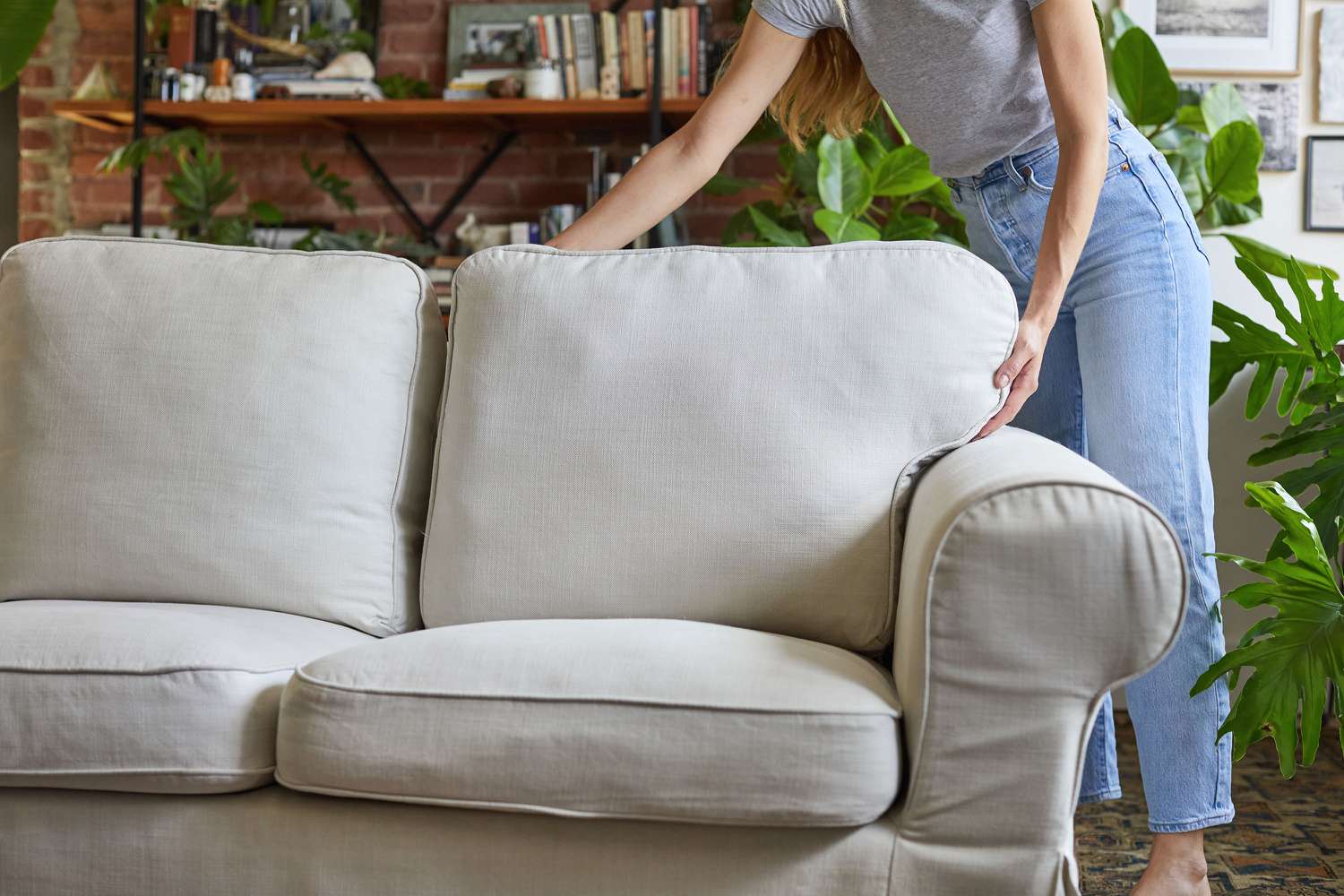
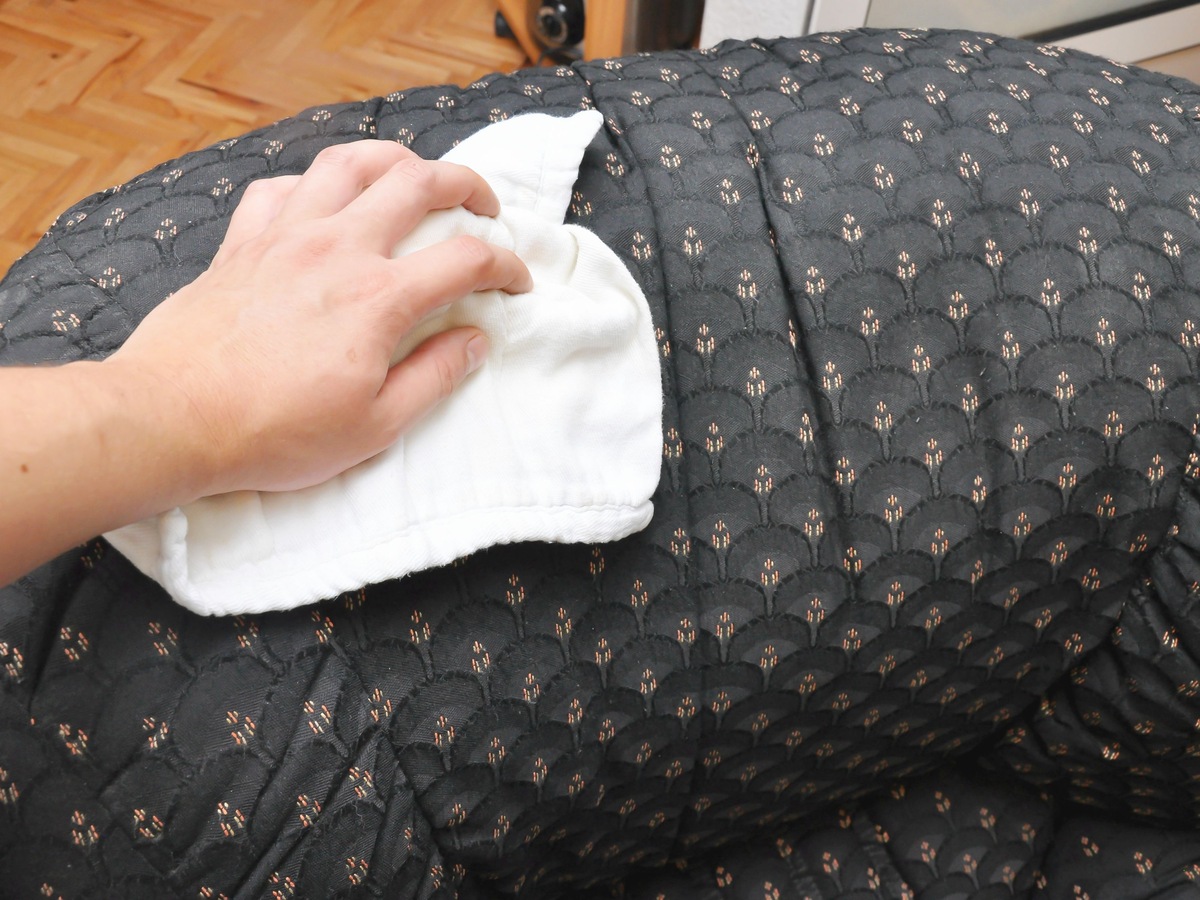
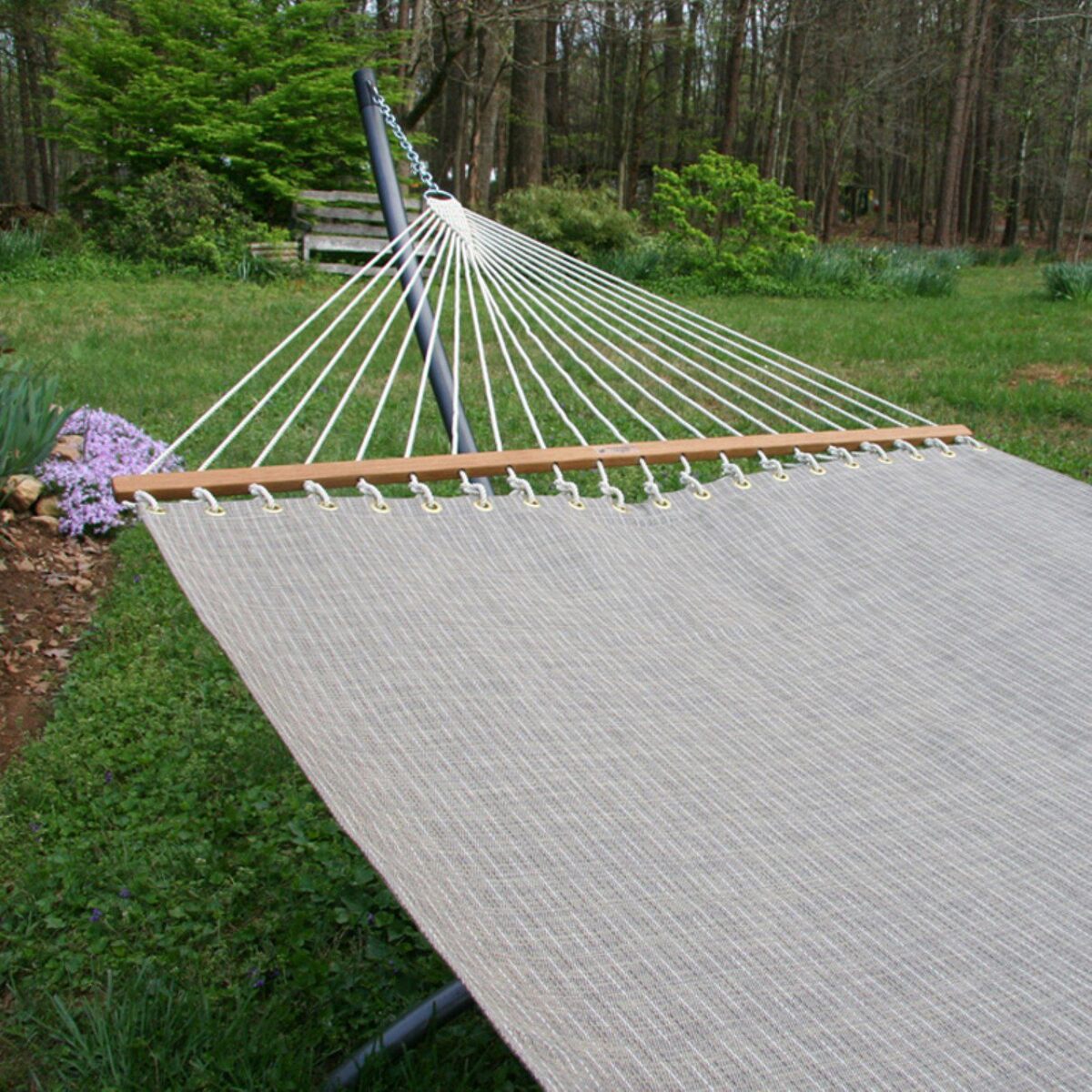
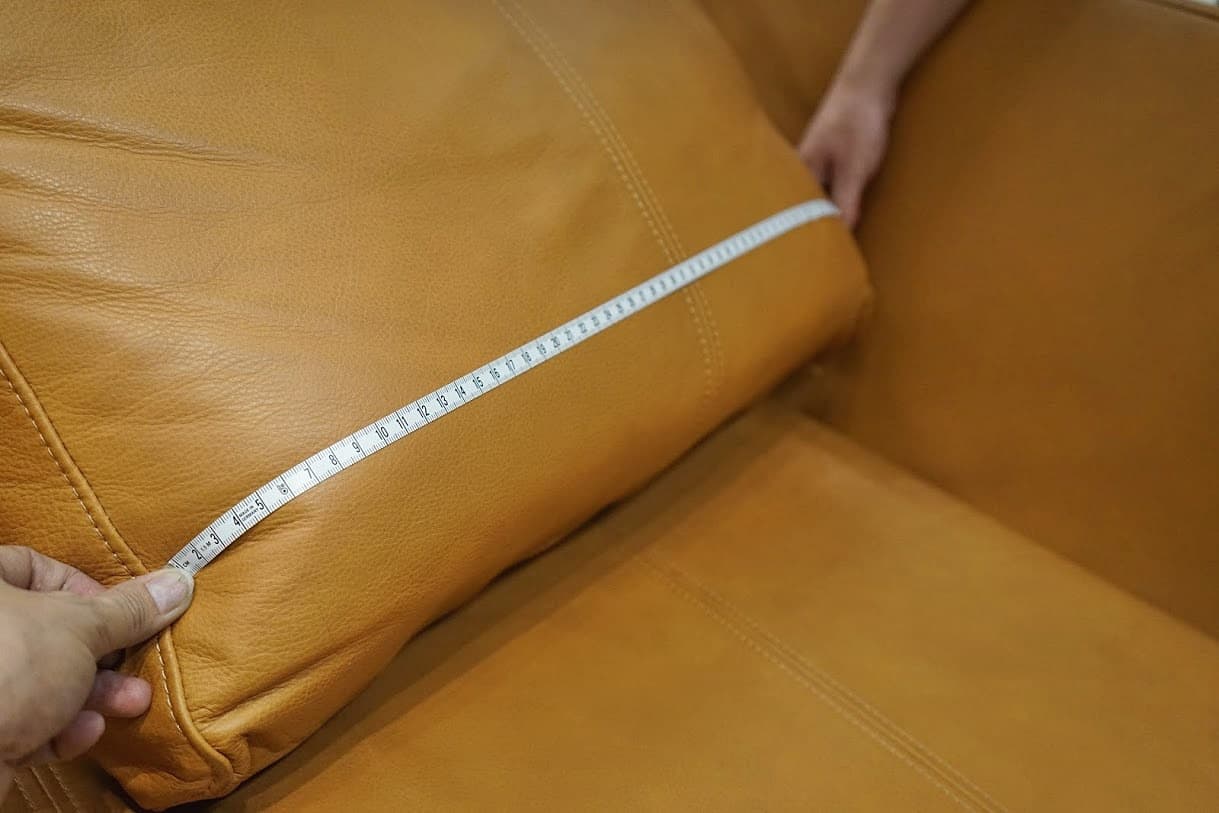
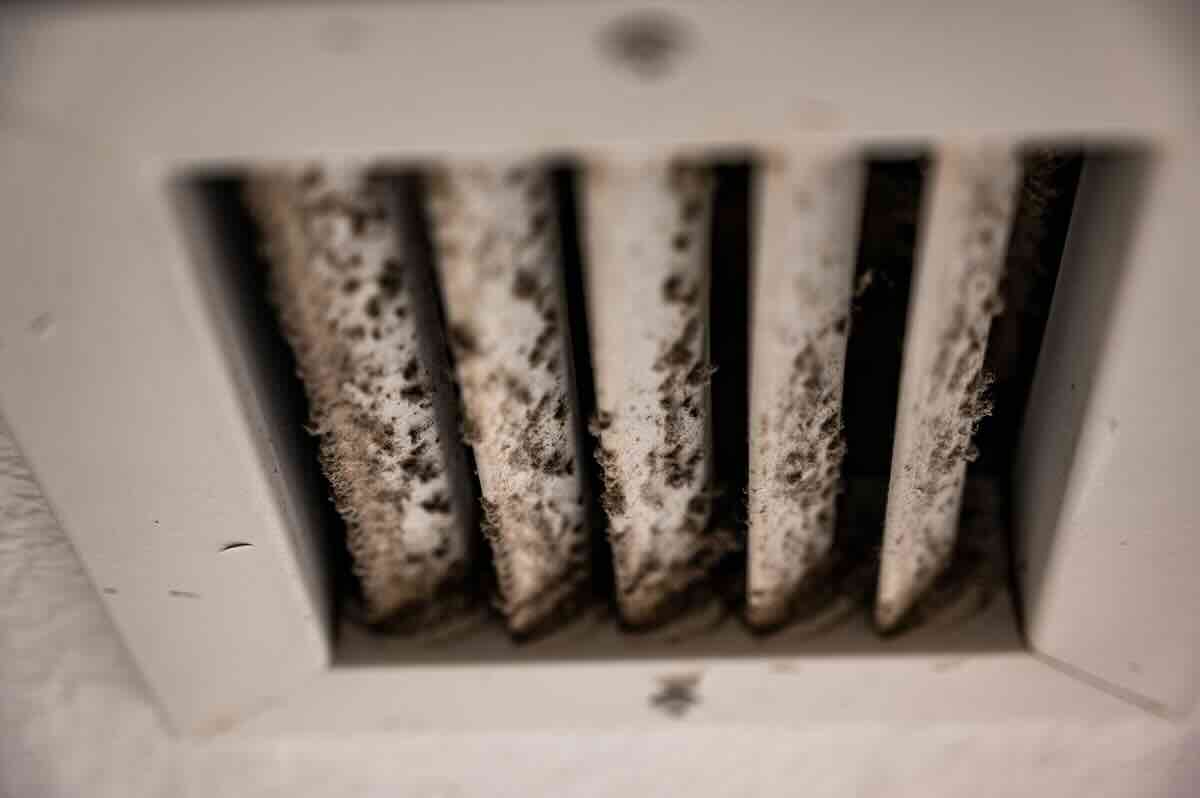
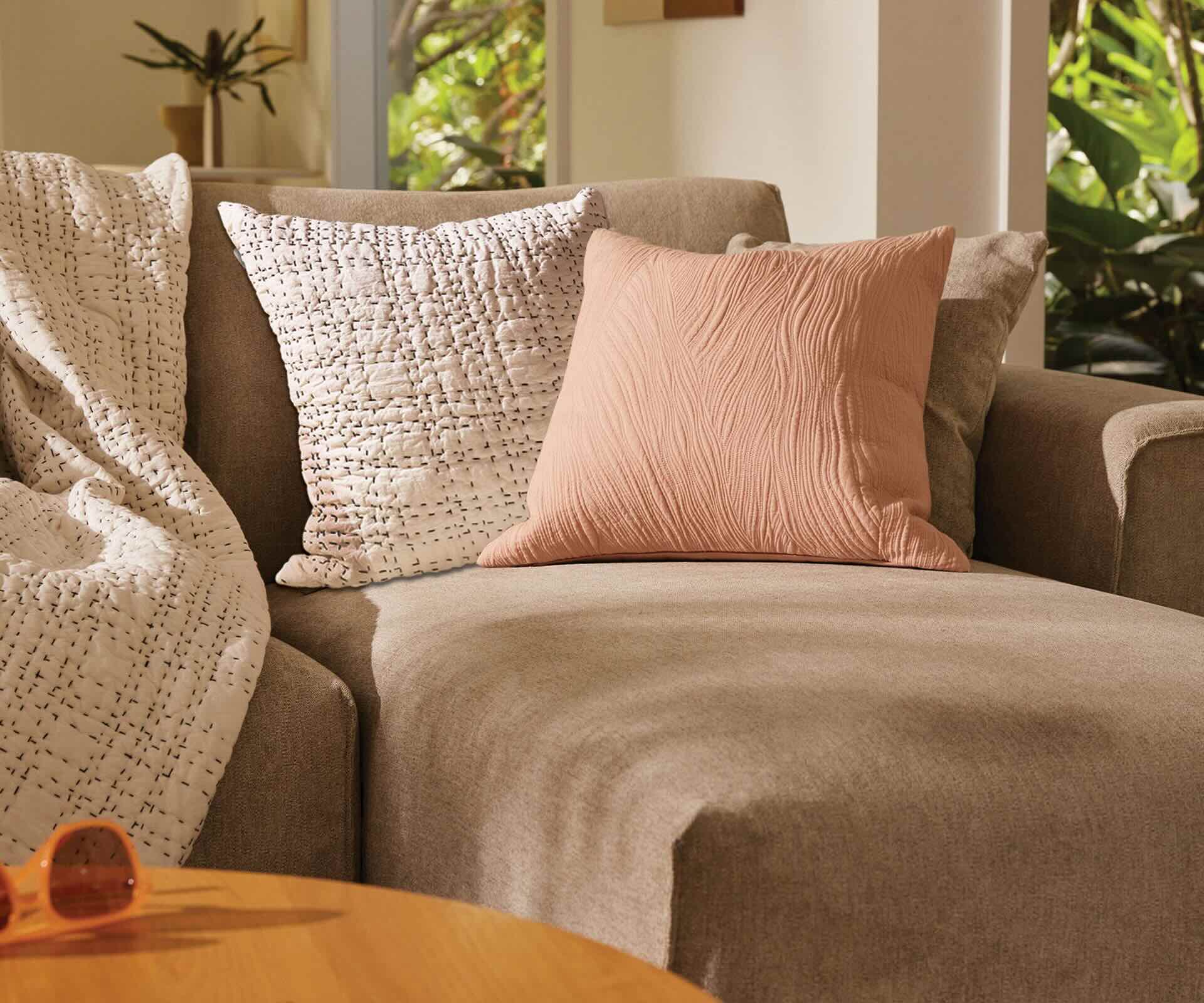
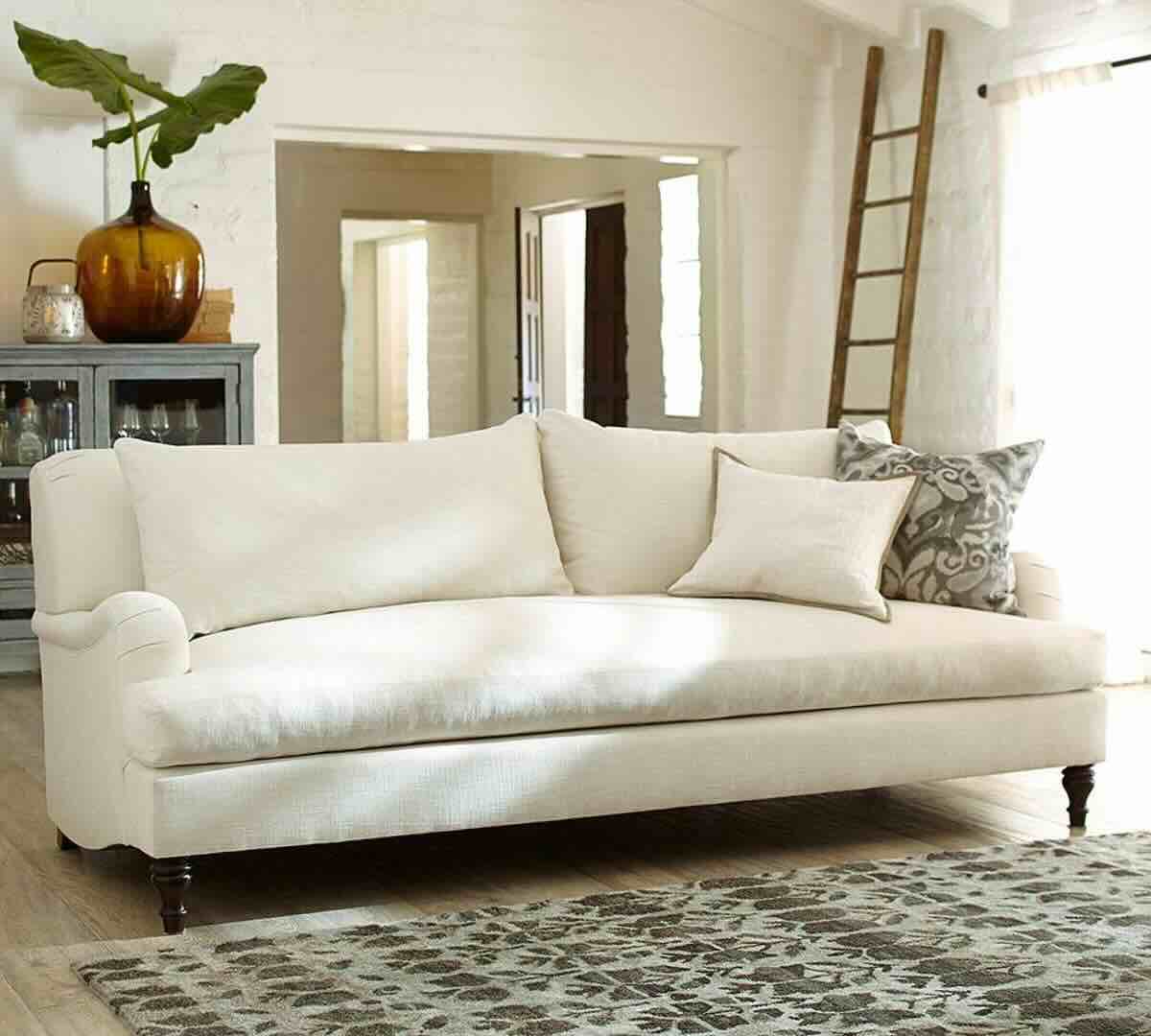
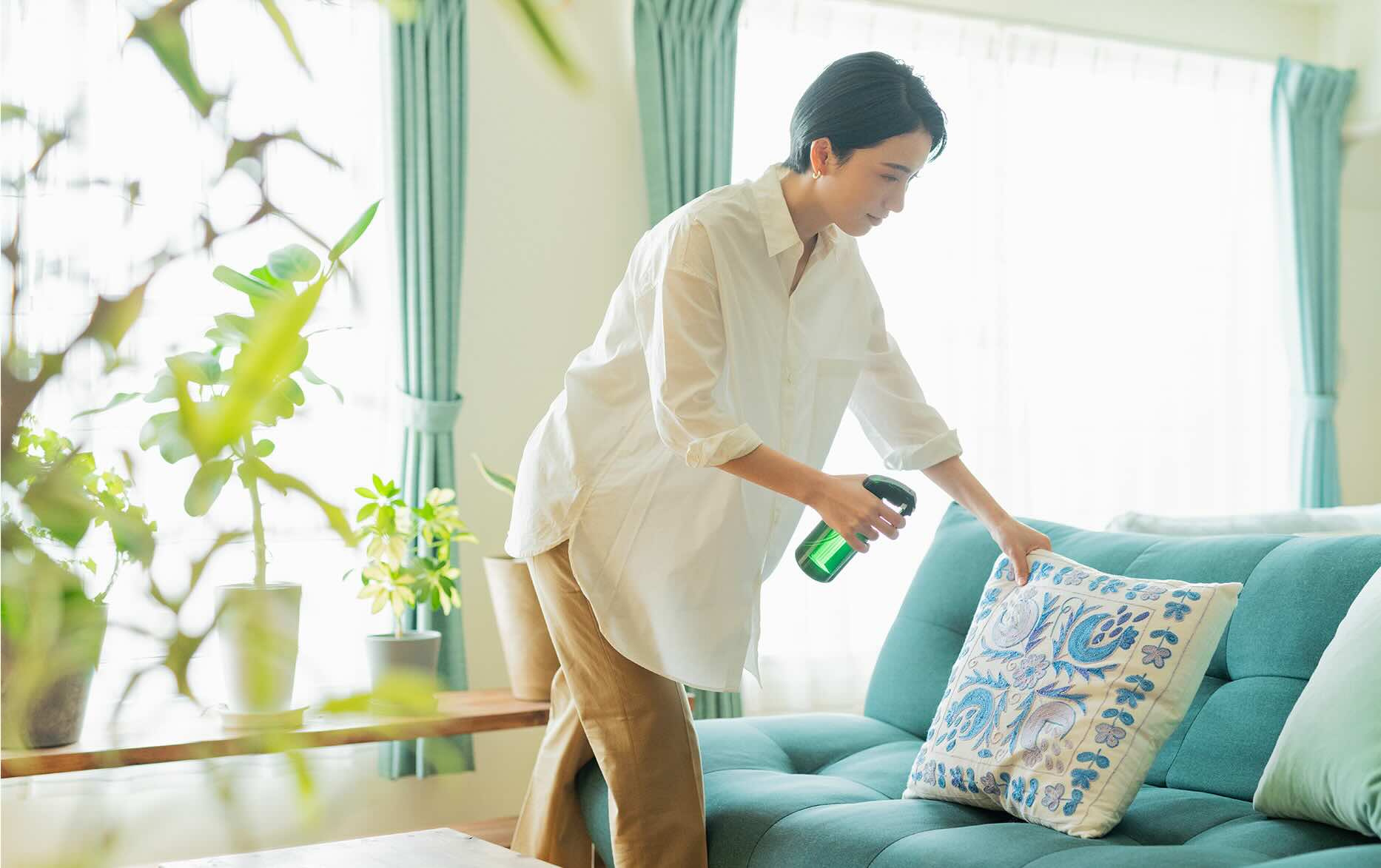
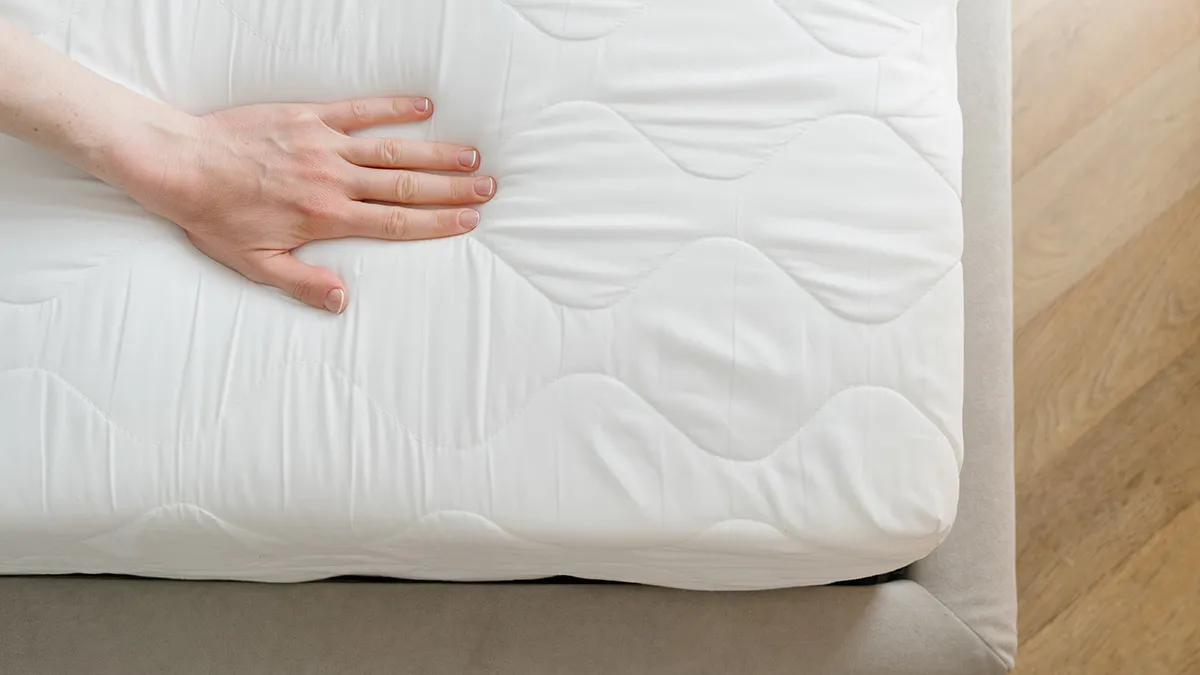
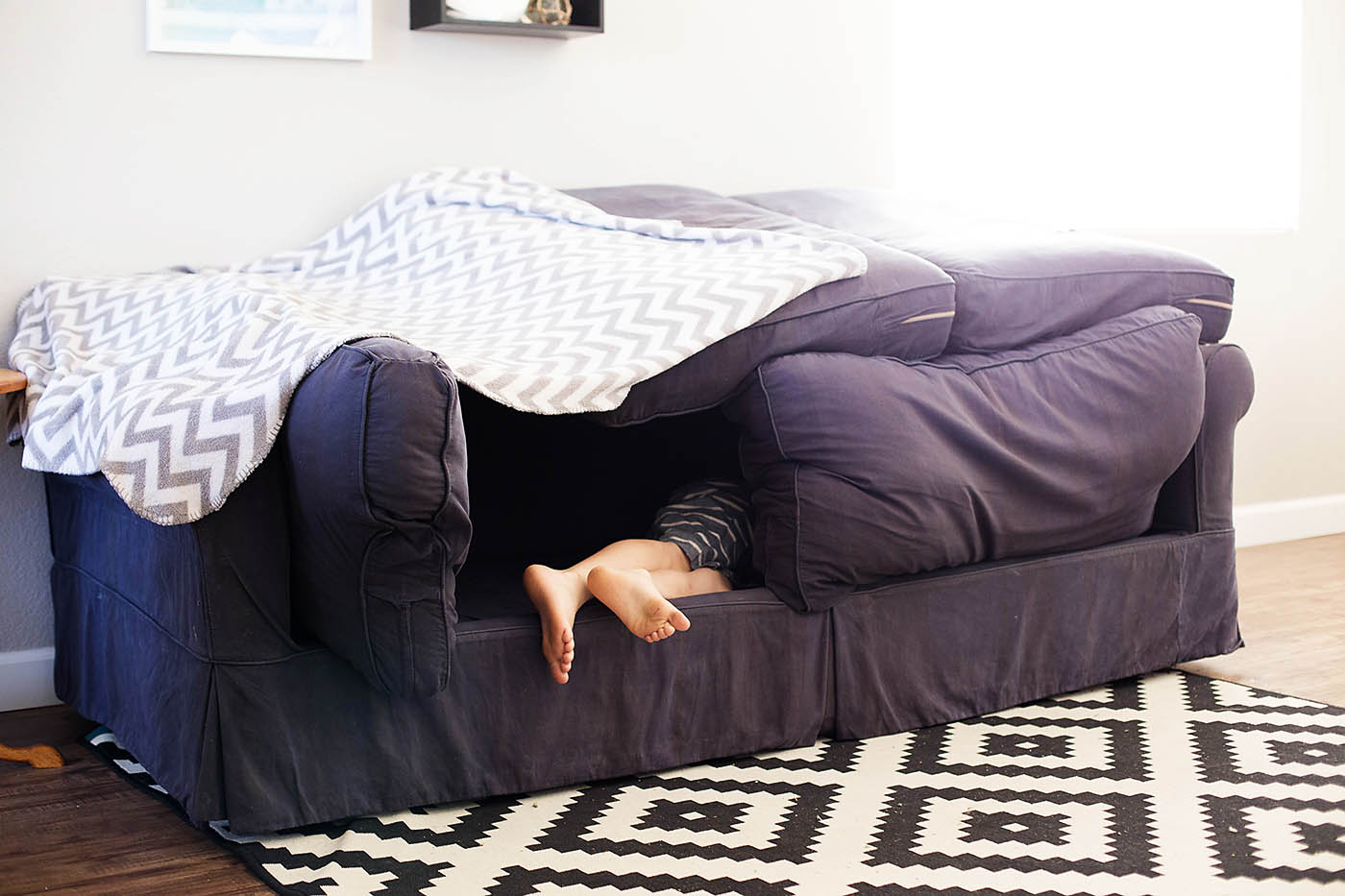
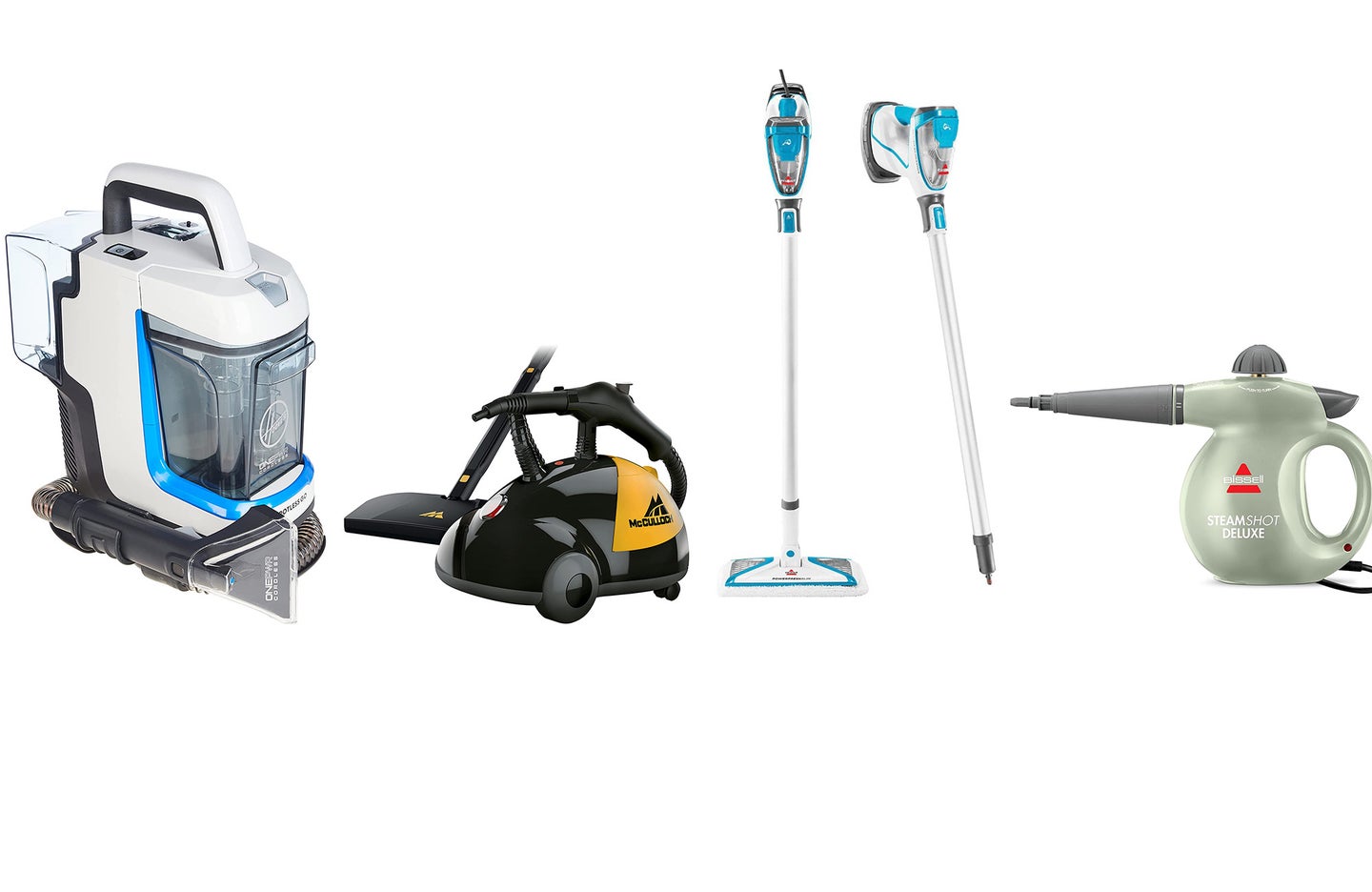
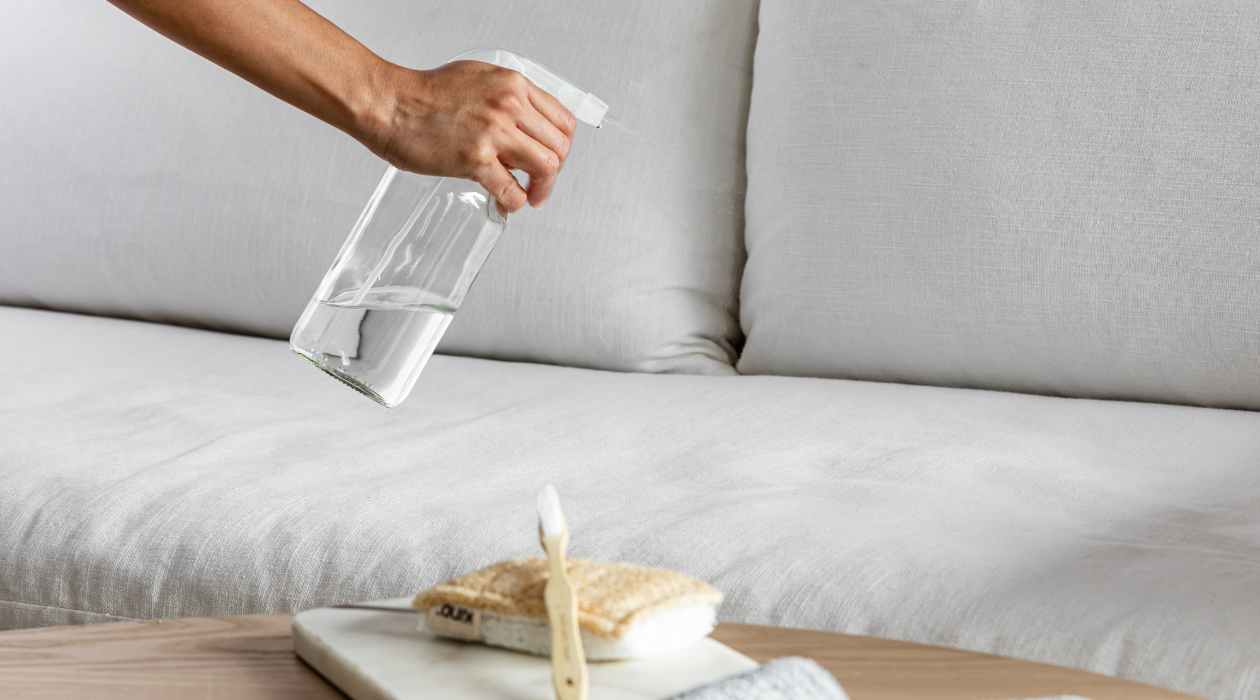
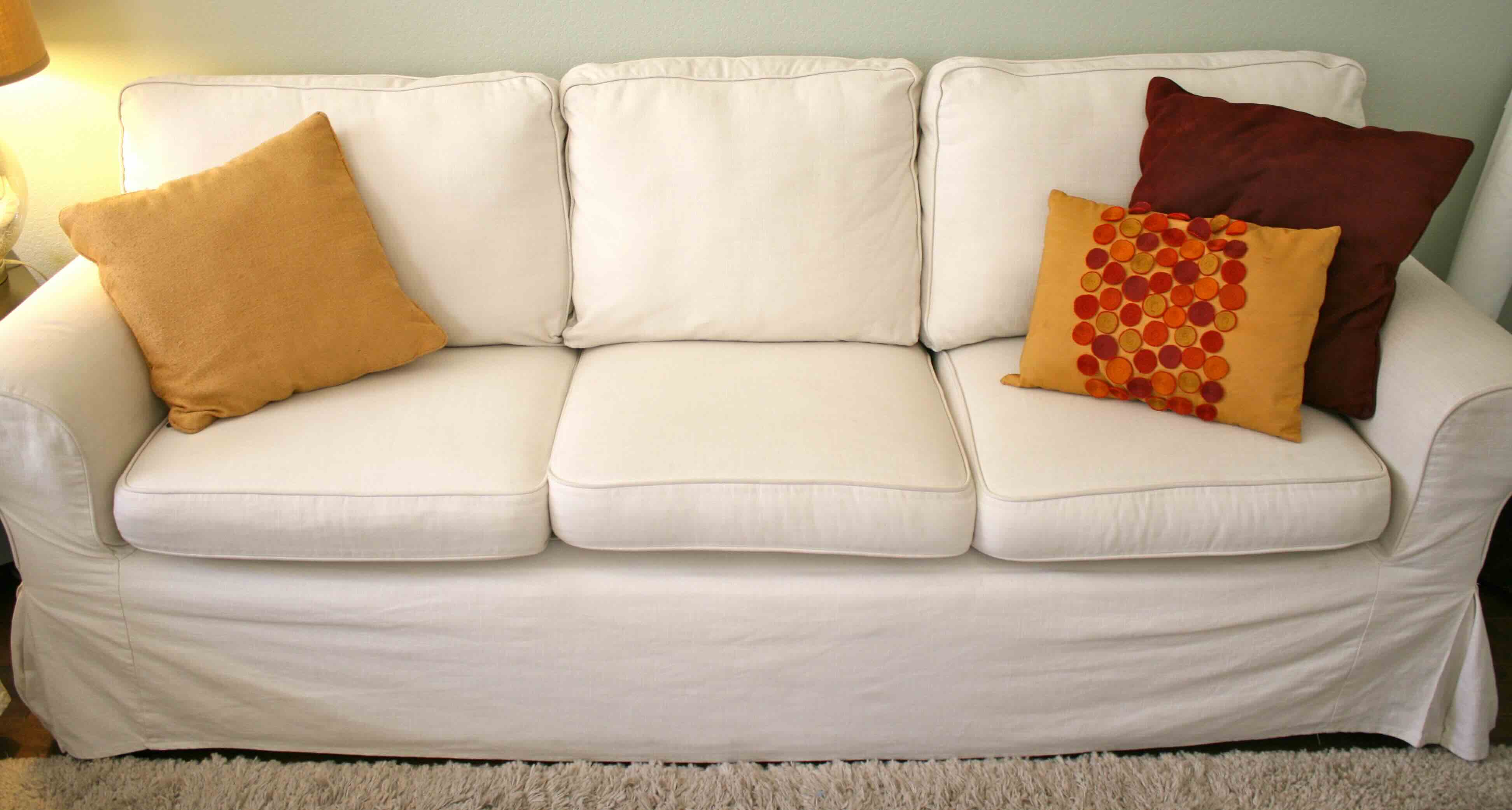
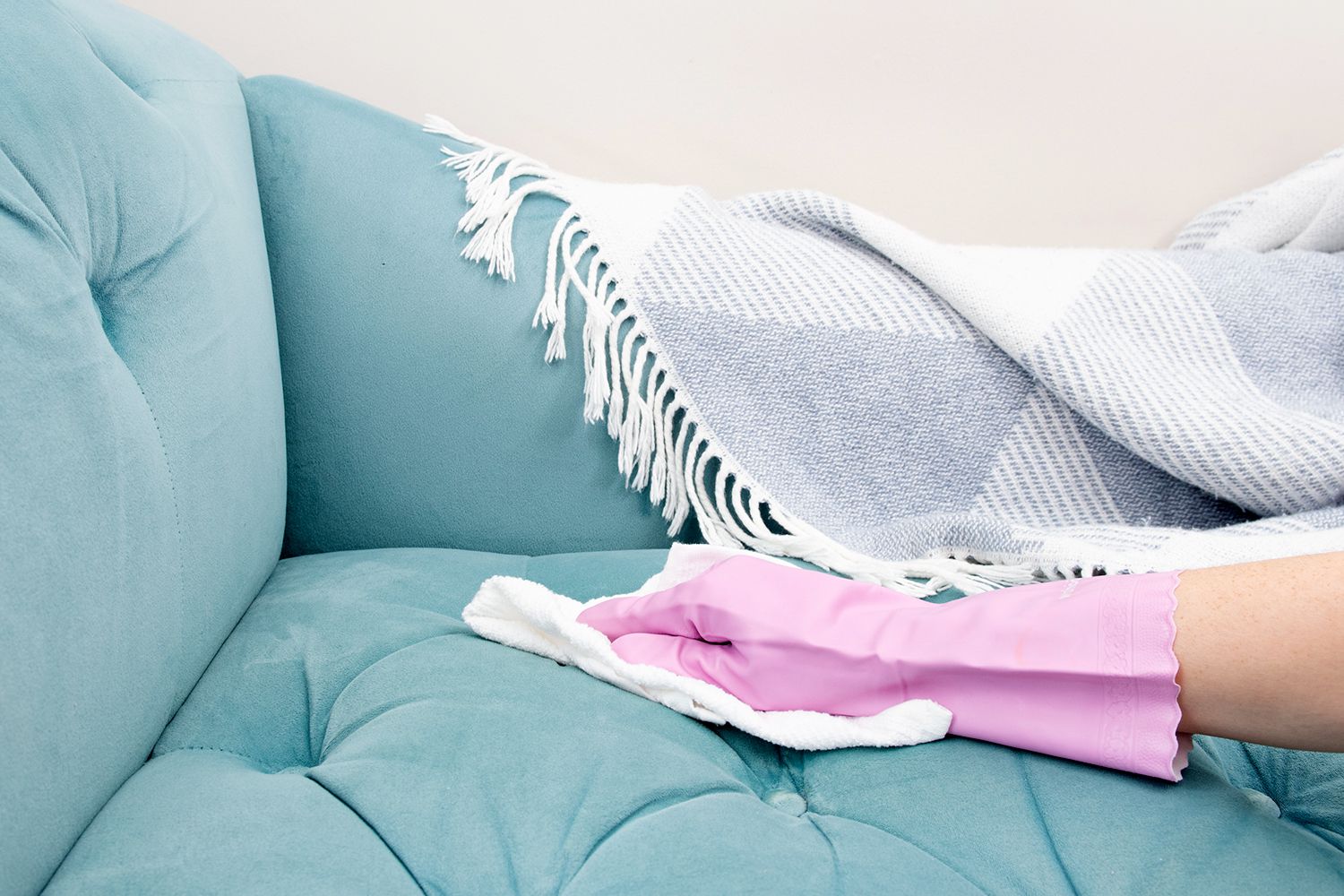

0 thoughts on “How To Get Mold Out Of Couch Cushions”